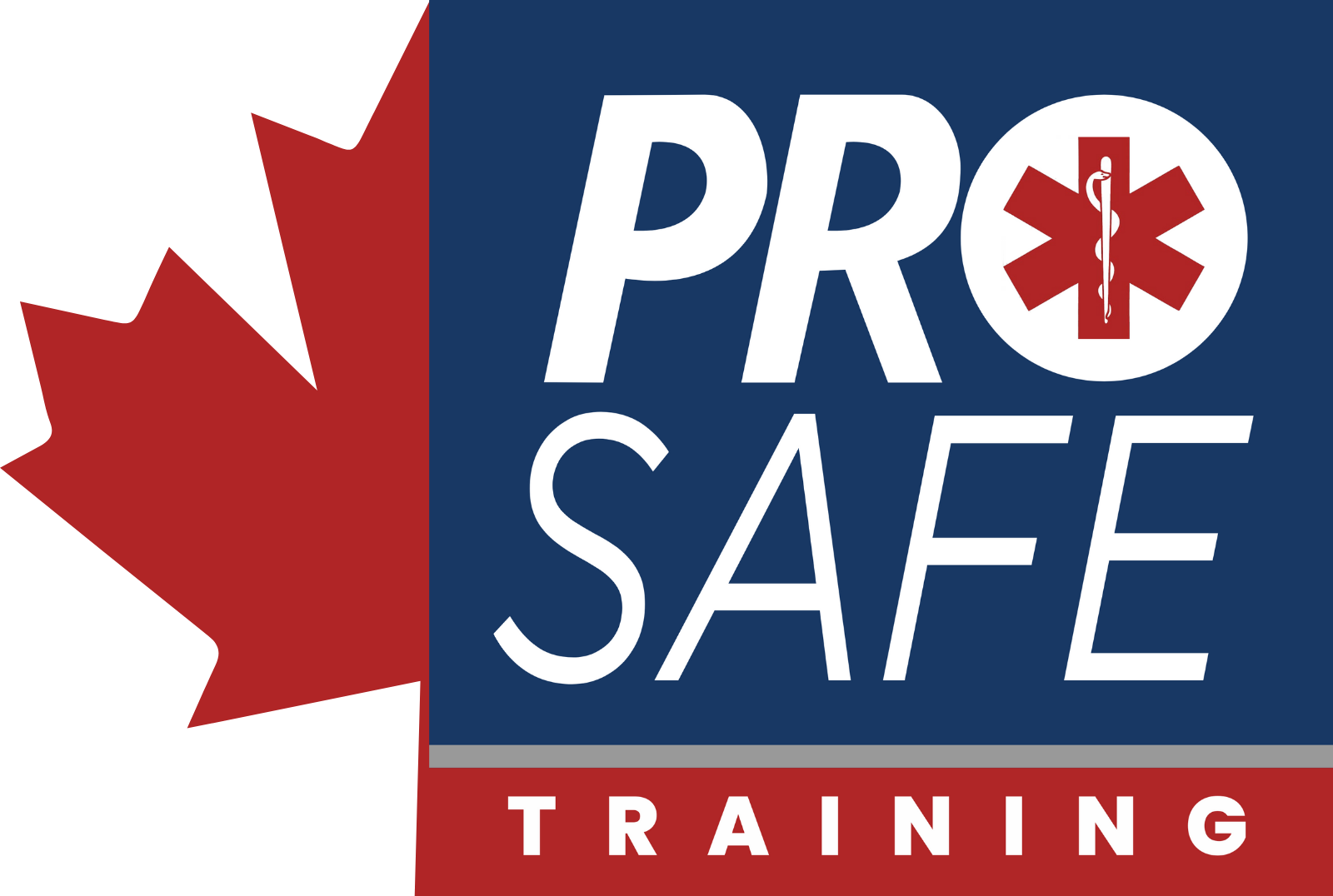Key Kitchen Facts: ‘Expiry’, ‘Best Before’, and How Information Labels Tie-In With Food Safety

For most of us, grocery shopping is deeply ingrained within our day-to-day lives. Simply thinking of linoleum floors, squeaky cart wheels, and crumpled bags will likely conjure memories of grocery trips past. Although it may not be the most prominent of grocery-related experiences, one of the most important parts of any trip to the store revolves around checking the labels of pre-packaged food.
Commonly referred to as ‘expiry labels’ or ‘best-before’ labels, these universal markings help shoppers make informed decisions about the food that they are buying. When improperly stored, or kept past the dates listed on these information labels, products are more likely to carry food-borne bacteria including salmonella, staph, and E. Coli.
These invisible dangers don’t always make their presence known through the smell, taste, or appearance, of our food, so it is essential that labels are followed at all times.
What many shoppers do not realize is that there is more than one type of label. The Canadian Food Inspection Agency (CFIA) actually provides three types of date markings including ‘best before’, ‘expiry, and ‘packaged on’. Understanding the difference between these labels is an essential step towards becoming a safety-conscious consumer.

Before we dive into what these tags represent, it is important that some context is given regarding how labelling ties in with the concept of Food Safety. While labels are critically important, they are by no means the only precaution that one should follow in order to avoid food-borne illnesses. In reality, these details about our food should be mindfully integrated with practices such as safe storage, regular hand-washing, and careful preparation.
Food Safety is about preventing dangerous contaminations before they occur – a process that isn’t solely driven by information labels.
‘Best Before’

These labels refer to the durable life date of a pre-packaged food product. It specifies the anticipated amount of time that the product will retain its nutritional value, freshness, taste, or manufacturer-specified qualities. After the initial date has passed, the caliber of the product will be significantly impacted, and consumers should only eat or use them at their own risk.
These dates are only pertinent when the food is stored in the proper conditions for that product. Case in point, a ‘best before’ date is completely irrelevant if the buyer leaves raw meat on the kitchen counter top rather than putting it in the refrigerator or freezer.
‘Best before’ labels are frequently confused with ‘expiry’ labels, which, as you will see below, operate on more specific guidelines.
‘Expiry’

Certain foods, including meal replacements, nutritional supplements, and human milk substitutes, are formally recognized by the CFIA for bearing strict compositional and nutritional specifications that may not be met after their expiration date. Since the majority of these products are specifically intended to enhance the consumer’s intake of compounds such as vitamins and proteins, their labels strictly specify when the nutrients will begin to wane. Expired foods should be discarded.
‘Packaged On’

If a product has a durable life date of 90 days or less, it is likely that it may display a ‘packaged on’ label. These are always complimented by separate markings indicating either ‘best before’ details, or a set number of days that the product will retain its freshness. Once the packaging is opened, this time frame is likely to decrease, and buyers must practice extra caution before consumption.
Label-checking is one component of the grocery-shopping experience that legitimately saves lives. These dates are typically coupled with instructions regarding safe storage practices, as well as nutritional information – all details that are designed to keep shoppers safe and well-informed. Food-borne illness is a serious danger to people of all ages. By keeping this knowledge handy, we hope to educate consumers and keep our communities safe.
Food safety doesn’t stop with warning information labels. As mentioned above, there are other factors at play, including proper storage and sanitation. To learn the full spectrum of precautionary tactics for the kitchen (or grocery aisle), consider signing up for one of our FoodSafe Level 1 programs.
